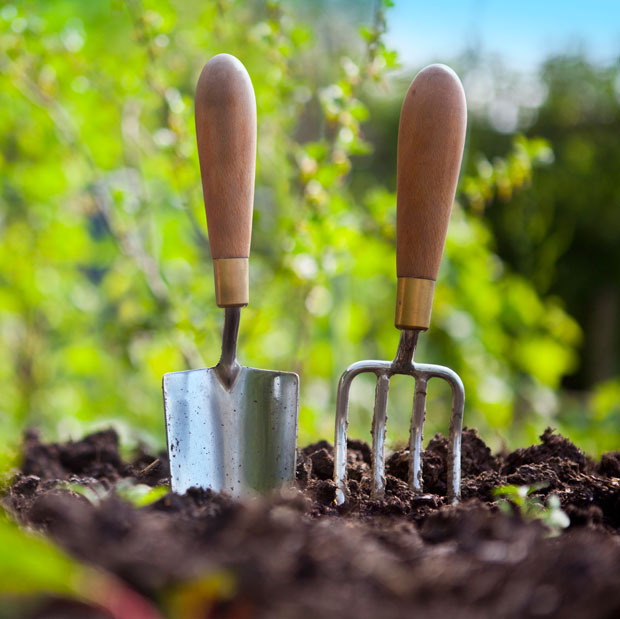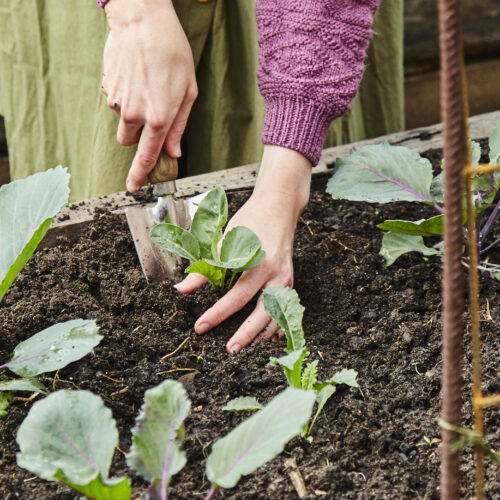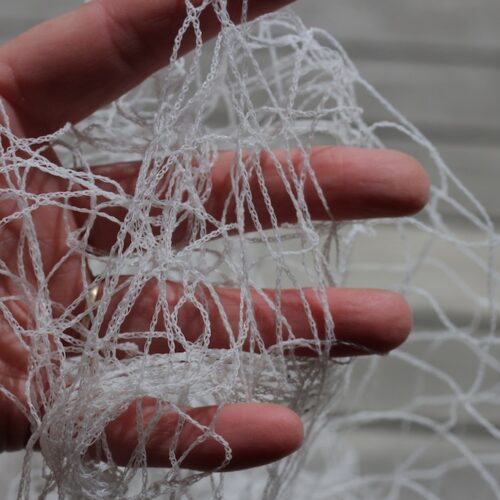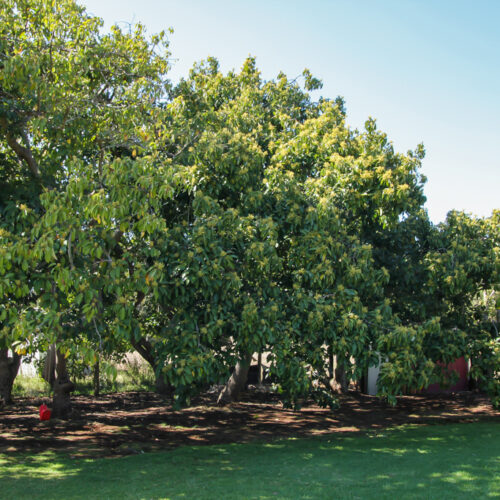The joy of quality tools
2013-07-26T00:54:13+10:00
Quality tools are a gardener's best friend. JUSTIN RUSSELL explains how to pick a tool that will become a treasured family heirloom.
One of the worst things about being a passionate gardener is that it gives relatives a licence to believe that you’d love nothing more for a Christmas or birthday present than something for the garden. While this might be true in theory (“Yes grandma, I could use a $500 advanced tree to plug a gap in my woodland”), the reality is more complicated.
As much as I appreciate the thought, I really don’t need another rainforest plant for my cool temperate garden that is going to drop dead at the first sign of frost. Worse still, I don’t need tacky signs telling me what’s a herb and other “gardenalia”, and I sure as heck don’t need any more dodgy tools.
I was once given a spade for my birthday from sources that shall remain anonymous. The blade folded in half the first time I attempted to drive it into the soil. The next week I was wandering through my local hardware store, and lo and behold, there was my birthday spade, priced at a remarkable $11.99. Is it really any wonder it didn’t last a single dig?
Good quality tools are a gardener’s best friend. I now make a point of buying quality items, with the ideal criteria that any new tools should be so well crafted that it can be handed down as a family heirloom. My tool shed is full of tools that belonged to my dad and a couple that belonged to my late grandfather, who was a market gardener in suburban Brisbane.
To this end, I look for items that are manufactured in places like Switzerland, America, Japan and England. Sorry China. I seek out tools with replaceable parts and lifetime warranties. If an item is expensive I save for it, and most importantly, I try to maintain my tools once they’re in use.
Timber handles get a rub with sandpaper and a coating of linseed oil each winter. Blades get regularly sharpened with a file or a diamond sharpener. Hinges get a squirt with machine oil. And to stop them weathering, tools get put away after use in a shed fitted with hanging racks.
With a focus on quality and care, I can’t wait for the day when I’m no longer able to dig with my Pa’s fork, but can hand down the tool – crafted in north of England in the 1940’s and lovingly maintained in the decades since – to my own grandchildren. That’s the kind of gift that truly keeps on giving.






